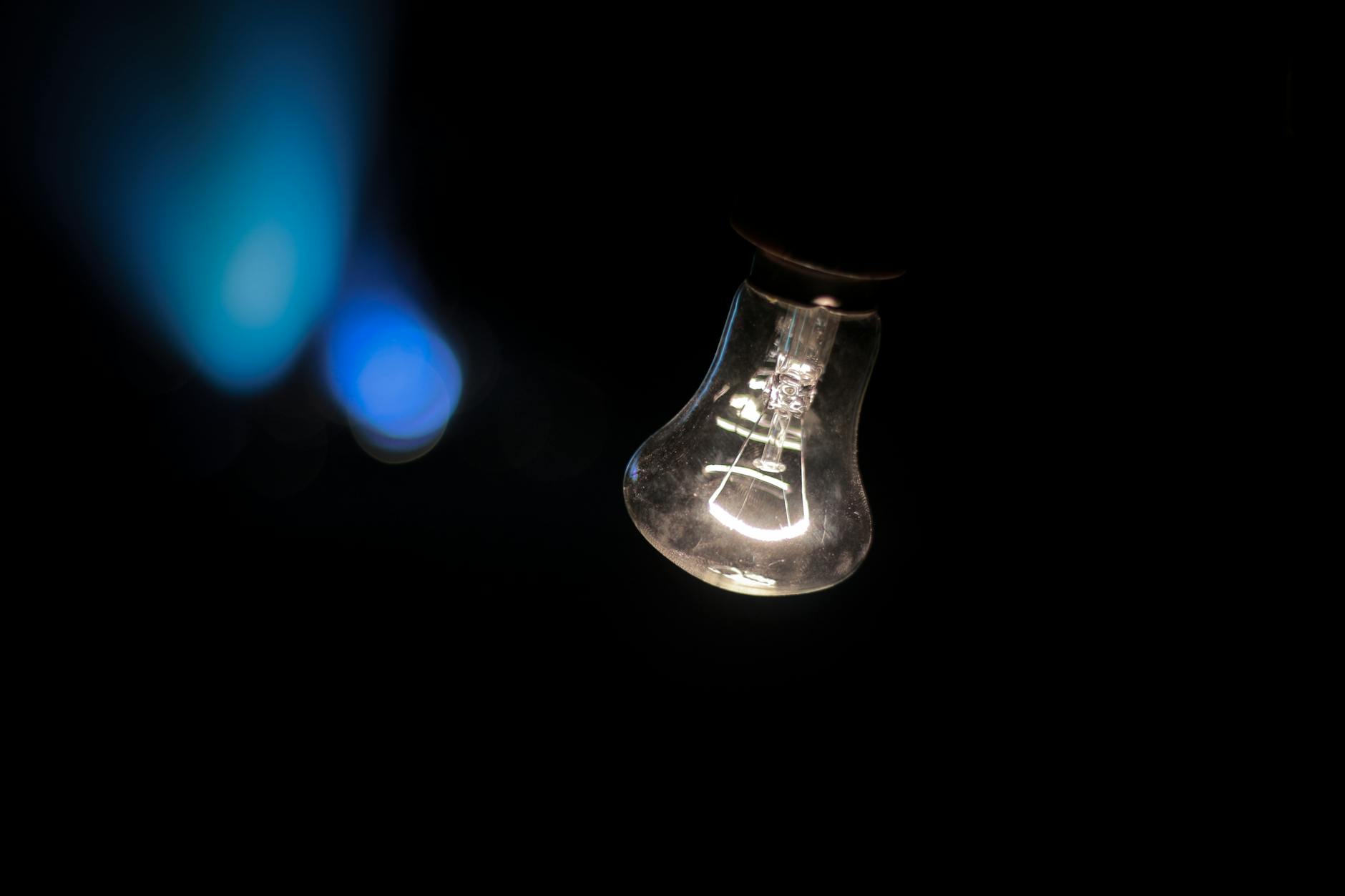How Tech Revamps Your Shopping Vibes

The retail sector has always been a fast-evolving industry, but with the advent of cutting-edge technology, the pace of change has accelerated rapidly. The modern shopping experience barely resembles that of a decade ago, thanks to advancements that now shape the behaviour of consumers and transform the retail landscape. In this article, we'll explore how various technological innovations are revolutionizing the way we shop and what you can expect as you dive into the future of retail.
Virtual Reality (VR) and Augmented Reality (AR)
One of the most exciting tech trends in retail is the integration of Virtual Reality (VR) and Augmented Reality (AR), which are providing more immersive shopping experiences. Companies are using VR to create 3D virtual stores that consumers can navigate through to browse and buy products as if they were in a physical store. AR, on the other hand, allows customers to visualize products in real life through their smartphone cameras before making a purchase decision.
Benefits of VR and AR in Retail:
-
Try Before You Buy: Virtual fitting rooms allow customers to try on clothes virtually, using avatars that match their body shapes and sizes.
-
Enhanced Engagement: AR apps can bring catalogues and products to life as customers view interactive 3D models.
-
Reduced Returns: When customers have a better feel for the product through VR/AR, they are less likely to return items due to unsatisfied expectations.
Artificial Intelligence (AI) and Machine Learning (ML)
Retailers are harnessing AI and ML to offer personalized shopping experiences and optimize their operations. AI-driven recommendation engines analyze your past shopping behaviour to suggest products that you are more likely to purchase.
How AI and ML Impact Shopping:
-
Personalized Recommendations: Algorithms can predict your preferences and discretionary needs, presenting you with tailored suggestions.
-
Inventory Management: AI systems help retailers predict trends, manage stock levels, and reduce waste.
-
Enhanced Customer Service: Chatbots and virtual assistants provide 24/7 customer service and support, guiding consumers through their shopping journey.
Internet of Things (IoT)
The Internet of Things (IoT) refers to Internet-connected devices that can communicate and interact with each other. In retail, IoT technology is used to enhance the shopping experience and improve store operations.
IoT Applications in Retail:
-
Smart Shelves: IoT-enabled shelves can monitor inventory in real-time, reducing the chance of out-of-stock situations.
-
Beacons: These small, Bluetooth devices can send personalized offers to customers' smartphones when they are in proximity to certain products.
-
Checkout-Free Shopping: Stores like Amazon Go utilize IoT to let customers pick products and leave without the traditional checkout process.
Blockchain Technology
The rise of blockchain technology is contributing to transparency in retail, especially in the supply chain.
Blockchain's Role in Retail:
-
Product Authenticity: Customers can trace the lifecycle of a product to ensure its authenticity.
-
Transparency and Trust: Blockchain provides a transparent and immutable record of transactions, building trust between consumers and brands.
-
Secure Payments: Cryptocurrency transactions powered by blockchain are becoming more common, offering an alternative secure payment method.
The Future of Shopping
As we look to the future, we will see even more remarkable changes in retail. Expect advancements such as drone delivery, more sophisticated AI analytics, and further personalization. The integration of tech in retail will continue to focus on delivering convenience, personalization, and a seamless shopping experience.
The Sky's the Limit:
-
Drone Deliveries: Your orders may soon be delivered to your doorstep by drones.
-
3D Printing: In some cases, you might be able to 3D print products at home, eliminating the need for shipping.
-
Fully Automated Stores: More stores might operate without human staff, using AI and robotics to manage operations.
Shopping will no longer just be about purchasing goods; it will be a tailored, engaging, and interactive experience. As technology evolves, so too will the very definition of what shopping means. This transformation isn't just about convenience—it's about revolutionizing our shopping vibes and creating moments of delight in every transaction. Welcome to the future of retail, where every visit, virtual or physical, is bound to be an adventure.